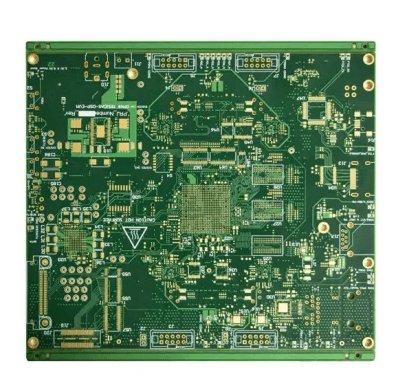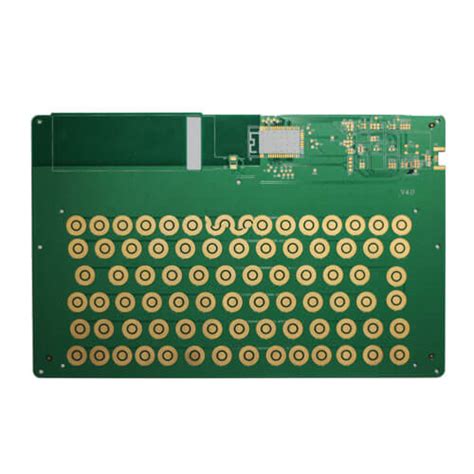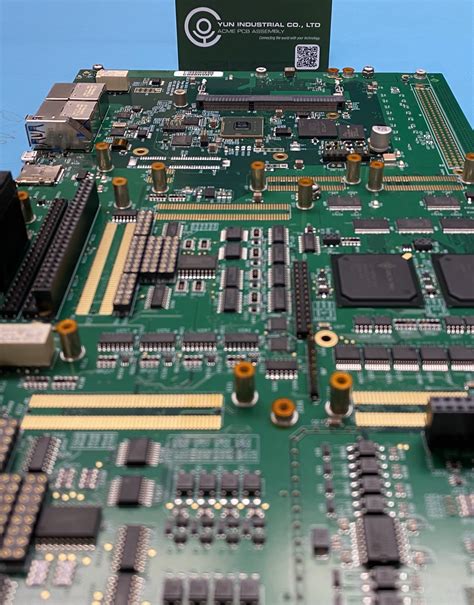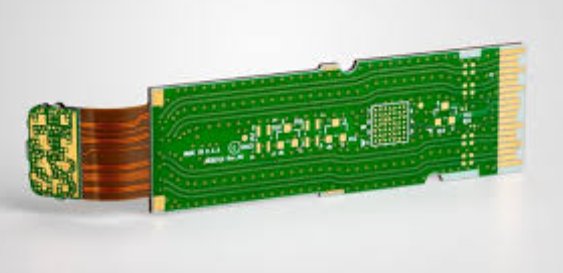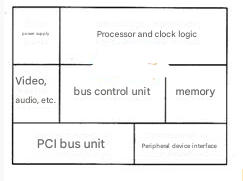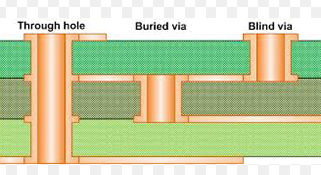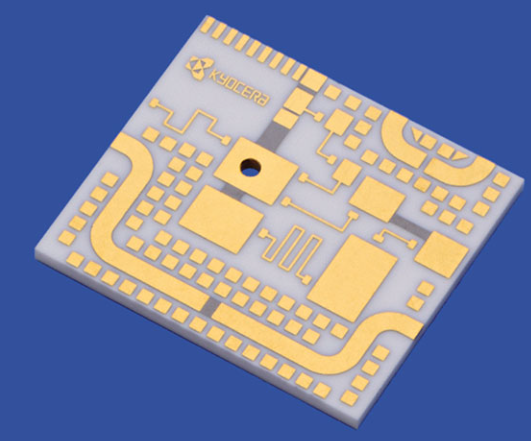Pcb prototype cnc machine
Benefits Of Using A PCB Prototype CNC Machine
The utilization of a PCB prototype CNC machine offers numerous benefits that significantly enhance the efficiency and precision of printed circuit board (PCB) manufacturing.
One of the primary advantages is the remarkable accuracy that these machines provide.
Traditional methods of PCB prototyping often involve manual processes that are prone to human error. In contrast, a CNC machine operates with computer-controlled precision, ensuring that each cut, drill, and etch is executed with exacting accuracy. This level of precision is crucial in the development of complex electronic circuits where even the slightest deviation can lead to malfunction or failure.
Moreover, the speed at which a PCB prototype CNC machine operates is another compelling benefit.
The automation of the prototyping process allows for rapid production of PCB prototypes, significantly reducing the time required from design to physical prototype. This accelerated timeline is particularly advantageous in industries where time-to-market is critical. By enabling faster iterations and modifications, companies can swiftly refine their designs and bring products to market more quickly, thereby gaining a competitive edge.
In addition to speed and accuracy, the versatility of PCB prototype CNC machines cannot be overstated.
These machines are capable of handling a wide range of materials, including various types of copper-clad laminates and substrates. This flexibility allows engineers and designers to experiment with different materials and configurations, optimizing the performance and durability of their PCBs. Furthermore, the ability to produce intricate and complex designs with ease opens up new possibilities for innovation in electronic device development.
Another significant benefit is the cost-effectiveness of using a PCB prototype CNC machine.
While the initial investment in the machinery may be substantial, the long-term savings are considerable. The reduction in labor costs, coupled with the minimization of material waste due to precise cutting and drilling, results in lower overall production costs. Additionally, the ability to produce prototypes in-house eliminates the need for outsourcing, which can be both time-consuming and expensive. This self-sufficiency not only reduces costs but also enhances confidentiality and security, as sensitive designs remain within the company.
Furthermore, the integration of PCB prototype CNC machines into the manufacturing process promotes sustainability.
The precision of these machines ensures that material usage is optimized, thereby reducing waste. Additionally, the ability to quickly produce and test prototypes means that fewer resources are expended on flawed designs. This efficient use of materials and resources aligns with the growing emphasis on sustainable manufacturing practices, making PCB prototype CNC machines an environmentally responsible choice.
The ease of use and accessibility of modern PCB prototype CNC machines also contribute to their appeal.
Advances in software and user interfaces have made these machines more user-friendly, allowing even those with limited technical expertise to operate them effectively. This democratization of technology empowers smaller companies and individual innovators to engage in PCB prototyping, fostering a more inclusive and dynamic landscape for electronic development.
In conclusion, the benefits of using a PCB prototype CNC machine are manifold, encompassing precision, speed, versatility, cost-effectiveness, sustainability, and ease of use. These advantages collectively enhance the efficiency and quality of PCB manufacturing, driving innovation and competitiveness in the electronics industry. As technology continues to evolve, the role of PCB prototype CNC machines is likely to become even more integral to the development and production of cutting-edge electronic devices.
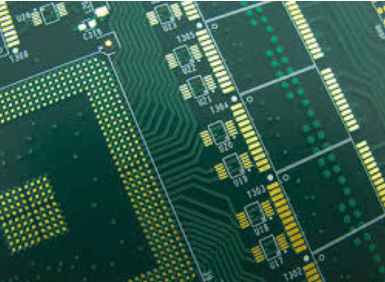
How To Choose The Right PCB Prototype CNC Machine For Your Needs
Selecting the right PCB prototype CNC machine for your needs is a critical decision that can significantly impact the efficiency and quality of your printed circuit board (PCB) production process. To make an informed choice, it is essential to consider several key factors that will ensure the machine aligns with your specific requirements and operational goals.
First and foremost, it is important to evaluate the precision and accuracy of the CNC machine.
The intricacy of PCB designs necessitates a high level of detail, and any deviation can lead to functional issues in the final product. Therefore, you should look for a machine that offers fine resolution and minimal tolerance levels. Machines with advanced control systems and high-quality spindle motors are typically more capable of delivering the precision needed for complex PCB designs.
Another crucial aspect to consider is the machine’s compatibility with various materials.
PCBs can be made from a range of substrates, including FR4, aluminum, and flexible materials. Ensuring that the CNC machine can handle the specific materials you intend to use will prevent potential issues during the milling process. Additionally, the machine should be versatile enough to accommodate different thicknesses and sizes of PCB boards.
The software that accompanies the CNC machine is equally important.
User-friendly software with robust features can streamline the design-to-production workflow, reducing the likelihood of errors and enhancing productivity. Look for software that supports a wide range of file formats and offers simulation capabilities, which can help in verifying the design before actual milling begins. Furthermore, software that provides real-time monitoring and diagnostics can be invaluable in maintaining the machine’s performance and identifying issues early.
Speed and efficiency are also vital considerations. Depending on your production volume, the machine’s throughput can significantly affect your overall productivity.
High-speed CNC machines can complete tasks more quickly, but it is essential to ensure that increased speed does not compromise the quality of the output. Balancing speed with precision is key to achieving optimal results.
Maintenance and support are additional factors that should not be overlooked. A reliable CNC machine should come with comprehensive support from the manufacturer, including access to spare parts, technical assistance, and regular software updates. Machines that are easy to maintain and come with clear documentation can reduce downtime and extend the machine’s lifespan, ultimately providing better value for your investment.
Cost is, of course, a significant consideration.
While it may be tempting to opt for a lower-priced machine, it is important to weigh the initial cost against the long-term benefits and potential drawbacks. Investing in a higher-quality machine may result in lower maintenance costs, fewer production errors, and greater overall efficiency, making it a more cost-effective choice in the long run.
Lastly, consider the machine’s footprint and integration into your existing workspace.
The size of the CNC machine should be compatible with your available space, and it should integrate seamlessly with your current production setup. Machines that offer modular designs or customizable configurations can provide greater flexibility and adaptability to your specific needs.
In conclusion, choosing the right PCB prototype CNC machine involves a careful assessment of precision, material compatibility, software capabilities, speed, maintenance, cost, and workspace integration. By thoroughly evaluating these factors, you can select a machine that not only meets your immediate requirements but also supports your long-term production goals, ensuring high-quality PCB prototypes and efficient operations.
Step-By-Step Guide To Creating A PCB Prototype With A CNC Machine
Creating a printed circuit board (PCB) prototype using a CNC machine is a meticulous process that requires precision and attention to detail. This step-by-step guide aims to provide a comprehensive overview of the procedure, ensuring that even those new to the field can follow along and achieve successful results.
To begin with, the initial step involves designing the PCB layout using specialized software such as Eagle, KiCad, or Altium Designer.
These programs allow you to create a schematic diagram and subsequently convert it into a PCB layout. It is crucial to ensure that the design adheres to the required specifications and standards, as any errors at this stage can lead to complications later in the process. Once the design is finalized, it is exported in a format compatible with the CNC machine, typically Gerber files.
Following the design phase, the next step is to prepare the CNC machine.
This involves setting up the machine with the appropriate tools and materials. The most commonly used material for PCB prototypes is copper-clad laminate, which consists of a thin layer of copper bonded to a non-conductive substrate. The CNC machine must be equipped with a suitable milling bit, often a small-diameter end mill, to accurately carve out the intricate patterns of the PCB.
Before commencing the milling process, it is essential to secure the copper-clad laminate onto the CNC machine’s work surface.
This can be achieved using double-sided tape or a vacuum table, ensuring that the material remains stationary during milling. Additionally, calibrating the machine to the correct zero point is vital to ensure that the milling bit starts at the precise location on the material.
With the machine prepared, the milling process can begin.
The CNC machine follows the instructions provided by the Gerber files, meticulously carving out the traces, pads, and vias of the PCB design. It is important to monitor the process closely, as any deviations or errors can compromise the integrity of the prototype. Adjustments may be necessary to account for variations in material thickness or tool wear.
Once the milling is complete, the next step is to inspect the PCB for any defects or inaccuracies.
This involves examining the traces and pads to ensure they are correctly formed and free of burrs or other imperfections. Any necessary corrections can be made using a fine file or sandpaper.
Following inspection, the PCB must undergo a cleaning process to remove any residual debris or contaminants. This can be achieved using a combination of isopropyl alcohol and a soft brush, ensuring that the surface is thoroughly cleaned and ready for the next stage.
The final step involves drilling any required holes for components and vias.
This is typically done using the CNC machine with a suitable drill bit, following the specifications outlined in the design. Once the holes are drilled, the PCB is ready for component placement and soldering.
In conclusion, creating a PCB prototype with a CNC machine is a detailed and precise process that requires careful planning and execution. By following this step-by-step guide, you can ensure that your PCB prototypes are accurately produced, meeting the necessary standards and specifications. This method not only streamlines the prototyping process but also allows for greater control and customization, ultimately leading to more efficient and effective PCB development.
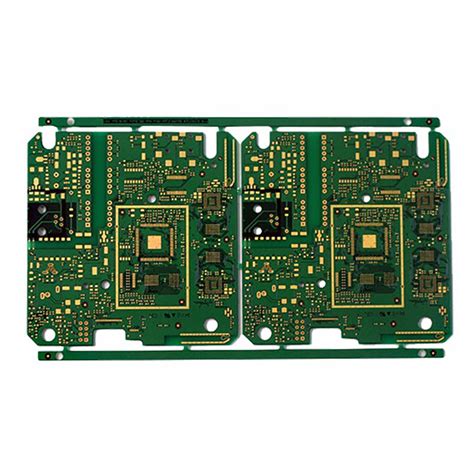
Common Mistakes To Avoid When Using A PCB Prototype CNC Machine
When utilizing a PCB prototype CNC machine, it is crucial to be aware of common mistakes that can hinder the efficiency and accuracy of your work. One frequent error is neglecting to properly calibrate the machine before starting the milling process. Calibration ensures that the machine’s movements are precise and that the resulting PCB matches the design specifications. Failing to calibrate can lead to misaligned traces and components, ultimately rendering the prototype unusable.
Another common mistake is using incorrect or low-quality materials.
The choice of substrate and copper-clad boards significantly impacts the performance and durability of the final product. Using substandard materials can result in poor adhesion of copper layers, leading to delamination and circuit failure. Therefore, it is essential to select high-quality materials that are compatible with the CNC machine and the intended application of the PCB.
In addition to material selection, improper tool selection and maintenance can also cause issues.
The use of worn-out or inappropriate milling bits can lead to rough edges, incomplete cuts, and excessive wear on the machine itself. Regularly inspecting and replacing milling bits, as well as ensuring they are suitable for the specific type of PCB being produced, can prevent these problems. Furthermore, maintaining a clean working environment and regularly cleaning the machine can extend its lifespan and improve the quality of the prototypes.
Transitioning to the design phase, another pitfall is inadequate design verification
. Before sending the design to the CNC machine, it is imperative to thoroughly check for errors such as overlapping traces, incorrect pad sizes, and insufficient clearances. Utilizing design rule checks (DRC) and simulation tools can help identify and rectify these issues before they become costly mistakes during the milling process. Additionally, ensuring that the design files are correctly formatted and compatible with the CNC machine’s software is vital for seamless operation.
Moreover, overlooking the importance of proper machine settings can lead to suboptimal results.
Parameters such as spindle speed, feed rate, and depth of cut must be carefully configured based on the material and design requirements. Incorrect settings can cause excessive tool wear, poor surface finish, and even damage to the PCB. Consulting the machine’s manual and conducting test runs on scrap material can help determine the optimal settings for each project.
Another aspect to consider is the handling and storage of the PCB prototypes.
Mishandling the boards can introduce physical damage or contamination, which can affect their performance. It is advisable to use anti-static bags and proper storage containers to protect the prototypes from environmental factors such as moisture and dust. Additionally, handling the boards with clean, dry hands or using gloves can prevent oils and dirt from compromising the copper surfaces.
Lastly, inadequate documentation and record-keeping can lead to repeated mistakes and inefficiencies.
Keeping detailed records of machine settings, material batches, and design iterations can provide valuable insights for future projects and help troubleshoot any issues that arise. Proper documentation also facilitates communication and collaboration among team members, ensuring that everyone is on the same page and that best practices are consistently followed.
In conclusion, avoiding these common mistakes when using a PCB prototype CNC machine can significantly enhance the quality and reliability of your prototypes. By paying attention to calibration, material selection, tool maintenance, design verification, machine settings, handling, and documentation, you can achieve more accurate and durable PCBs, ultimately leading to more successful electronic projects.

